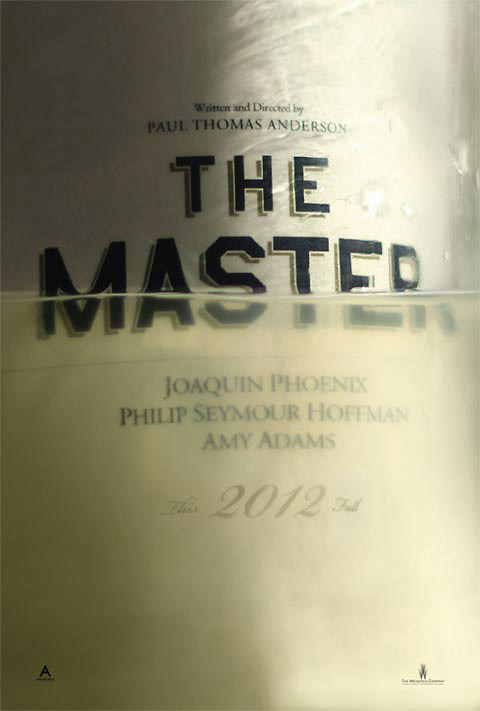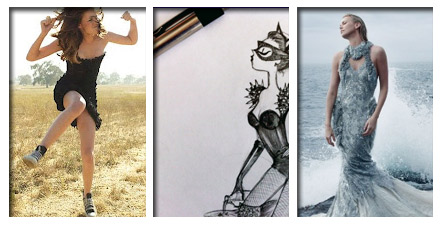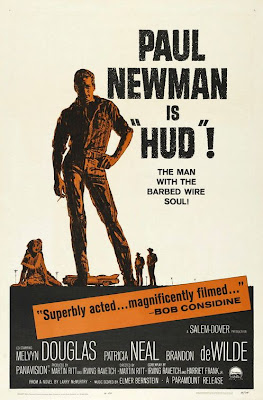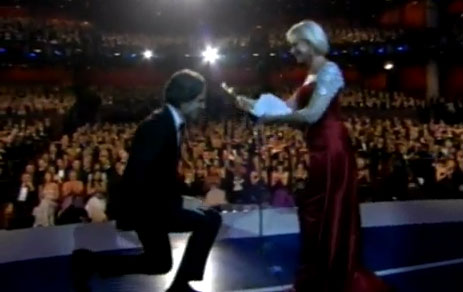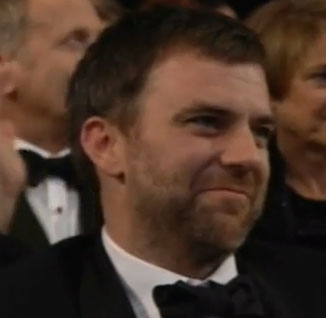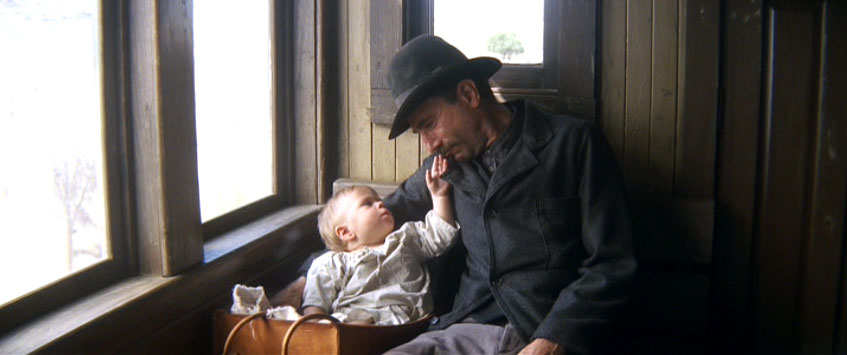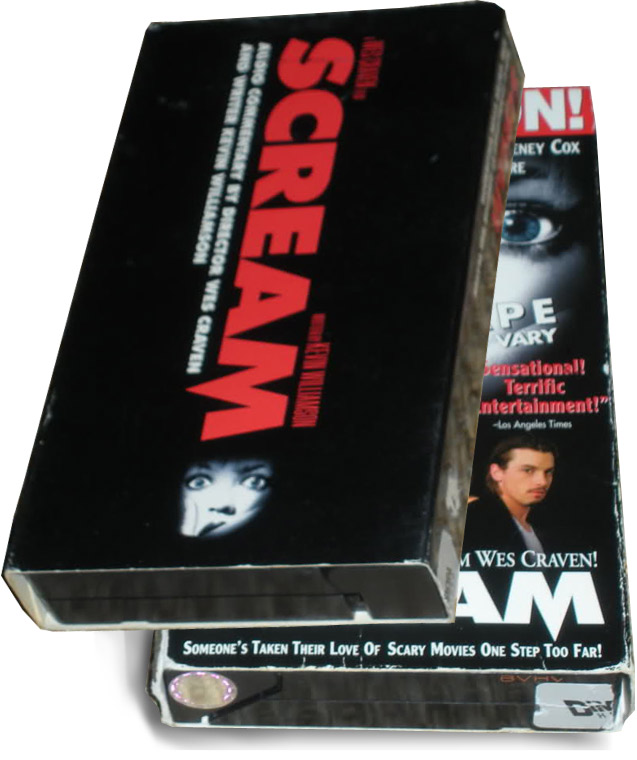 Hey everybody. Michael C here to rifle through your video collections like a guy at a garage sale.
Hey everybody. Michael C here to rifle through your video collections like a guy at a garage sale.
All of us probably have enough material residing in the bonus features of our DVD collections to fill a respectable film studies course for a semester or two.
The first time I was introduced to a bonus feature was a double VHS box set of Scream with a second cassette featuring a Wes Craven commentary. Since then, like most cinephiles, I’ve spent countless hours wading through commentaries, behind the scenes featurettes, deleted scenes, and other supplemental material, much of it interesting, some of it entertaining, a good chunk of it filler.
Since so many of us have amassed movies collections over the years to rival the Library of Congress, it stands to reasons there should be some gems buried in there. So it is with genuine curiosity that I put this question to the floor: Which Bluray/DVD extra features do you treasure for their own sake, apart from the films to which they are attached?

The bonus feature I most often return to is Magnolia Diary: the documentary chronicling the creation of PT Anderson’s ’99 opus of dysfunctional parents, children and frogs.
Behind the scenes cinematic chronicles are a sub-genre of documentaries that have produced masterpieces such as Heart of Darkness: A Filmmaker’s Apocalypse and Burden of Dreams. Magnolia Diary doesn’t quite belong in that distinguished company but I would easily rank it the equal of Lost in La Mancha, the doc recording the painful death of Terry Gilliam’s long-in-the-works Don Quixote movie.
What sets it apart from the thousands of other making of docs is the stunning amount of access, going so far as to wander through the orchestra during the recording of the score. There are numerous moments where we eavesdrop on the most sensitive moments in the process, as when Anderson runs lines with Melinda Dillon and Philip Baker Hall for their dramatic confrontation.
It plays like a documentary companion to Making Movies, Sidney Lumet’s essential book on the filmmaking process. It's packed with goodies like Julianne Moore explaining how she pitched her performance to the operatic tone of the script, or the director and Philip Seymour Hoffman having a friendly argument about just how much actorly "business" he adds to the simplest of actions. There is much ado about transforming the climactic plague of frogs from a screenwriter's flight of fancy to a filmable reality.

So that is my favorite bonus feature. What’s yours? Is there a commentary you return to often? Let's hear about it in the comments.
You can follow Michael C. on Twitter at @SeriousFilm or read his blog Serious Film.
 Saturday, July 21, 2012 at 4:02PM
Saturday, July 21, 2012 at 4:02PM 